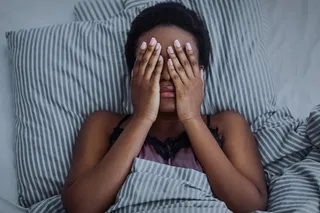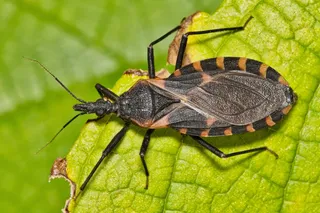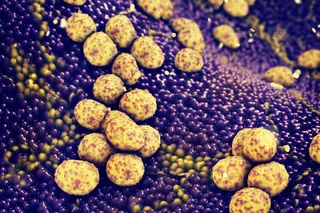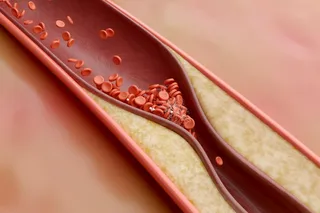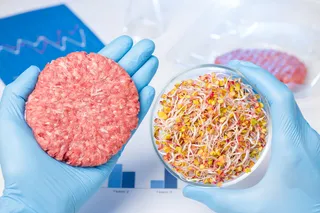Update: Comment from Chris Surridge of PLOS One:
Just a quick note. The paper is now formally published on PLoS ONE. The citation is:
Tuljapurkar SD, Puleston CO, Gurven MD (2007) Why Men Matter: Mating Patterns Drive Evolution of Human Lifespan. PLoS ONE 2(8): e785. doi:10.1371/journal.pone.0000785
As it is PLoS ONE you can rate the paper, annotate and discuss it there too.
There's a new preprint posted
(PDF) on PLOS One titled Why Men Matter: Mating Patterns Drive Evolution of Human Lifespan
. The basic question is this: why do humans live beyond the lifespan of the post-menopausal female, about ~55 at the outer bound? You might ask, "Why not?" As alluded to in the paper there is the problem of antagonistic pleiotropy
, mutations which favor fertility early in life with a trade off of heightened mortality past reproductive age should always be favored. Over time these mutations would build up and there should be a "Wall of Death" past the age of 50 as these accumulated mutants manifest themselves. And yet we observe this doesn't happen. So what gives? One model is the grandmother hypothesis
. Roughly, this model posits that post-menopausal females aid in the survival of their daughter's offspring. In fact, this hypothesis purports to explain the physiological fact of menopause, which is after all a interlocking set of biochemical processes which "shut down" the female reproductive cycle. That is, it isn't a gradual breakdown, but a positive clamp down on potential fertility. The theory is that an older female gains more in investing her time and energy in increasing her daughter's fitness than she does in producing another child. But of course this is a totally gynocentric view. The authors above claim that a model which includes the "long tail" of male reproduction can also explain why humans don't exhibit deleterious mutations which result in death rapidly after 50. Roughly, the model offers that polygyny, serial monogamy and the pairing of older males (past the age of 50) with younger females has been a pervasive selective pressure which favors alleles which allow one to survive past the age of 50. In fact, there is some data
which points to the possibility that very long-lived individuals carry the same deadly mutants as shorter-lived individuals, but they also carry alleles which modify or suppress deleterious affects. In other words, modifier genes might have arisen in the genetic background due to the selective pressure of the long tail of male reproduction. Of course it may be that both the hypotheses are correct. Both the grandmother effect as well as selective pressures due to the reproduction of older males as simply complementary forces in pushing the natural human life span further than the typical mammal. After all, the long tail of male reproduction does not explain menopause. But there is also the reality that a disproportionate number of societies do not simply discard their old males, even though the data does not suggest any grandfather effect. Rather, there are polygynous gerontocracies where older males live off the labor and muscle of the youth.


